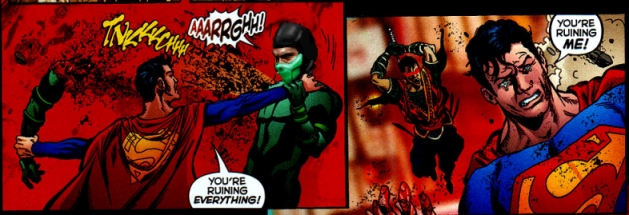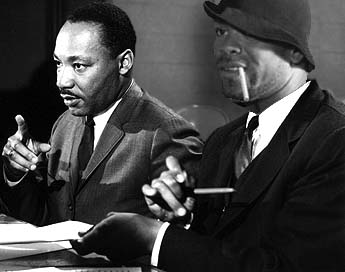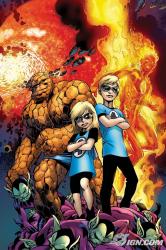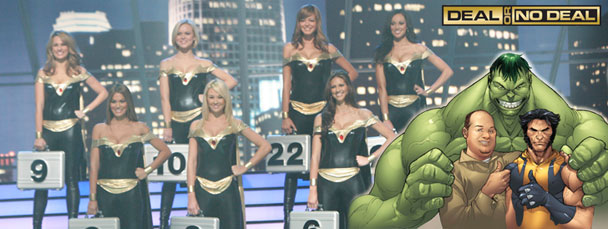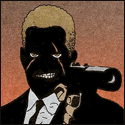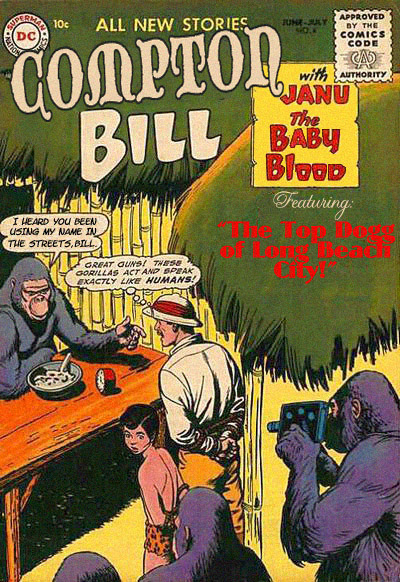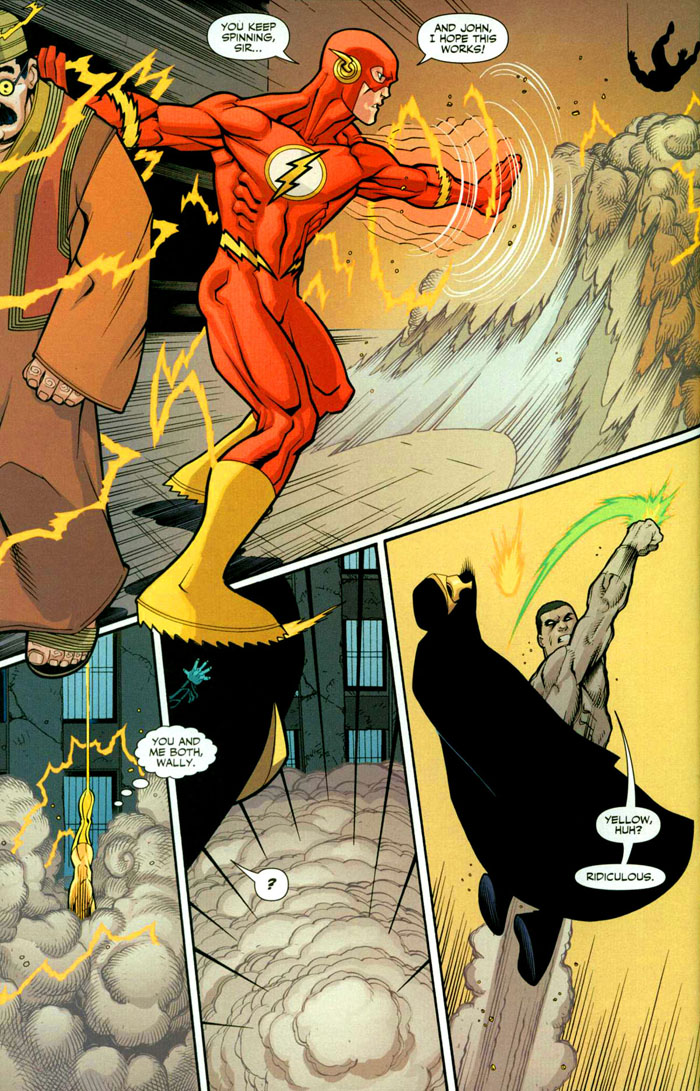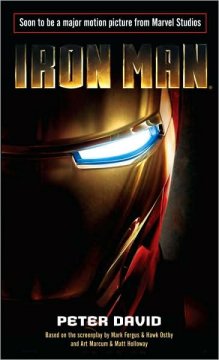
Good Reviews & Bad Reviews
September 2nd, 2009 Posted by david brothersThe thing about reviewing, critiquing, and talking about comics, or any media, is that there has to be two components to your text. You have to have facts and you have to have opinions. The facts are what is actually in the book– Superman punches a dude, Wonder Woman does something boring, Spider-Man cries like a baby. The opinion should be defensible and derivable from the facts that are in the book. “Batman punched a lady for no reason, I think that was pretty lame.”
There are wrong opinions, of course– ones that were created from incorrect or incomplete data, ones that don’t reflect reality, or (to be perfectly frank) ones that are just stupid. It’s possible for two intelligent people to come to diametrically opposed conclusions about a work, as in here, where I disagree with some very good friends of mine and one of my favorite writers about comics about certain elements of Darwyn Cooke’s Parker: The Hunter. Different strokes, different experiences, different conclusions. All of that is fair.
I try to keep all this in mind while I write. I want to be sure that I’m not bringing something to a work that isn’t there. I keep this in mind when reading reviews, too. I learned from my time doing games journalism that a lot of reviews are objectively terrible and uninformative, which basically means that they are worthless.
All of this preamble is to say that Jesse Schedeen and IGN’s review of Starr the Slayer #1 is of poor quality, factually inaccurate, and not useful to someone looking for an informed opinion on the book. It’s crap, son.
The biggest problem with it, the most mind-blowing thing, is this:
Unfortunately, different doesn’t automatically equate to good. Writer Daniel Way makes the risky choice of communicating this story almost entirely through rap. Yes, you read that right. Instead of a standard omniscient narration, the tale of Starr and his creator is relayed through hip-hop rhymes. Suffice it to say, I’m not prepared to crown the writer as Mixmaster Way anytime soon.
Here’s the first page of the book:
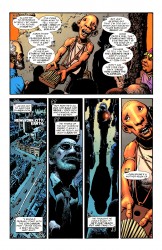
I’m going to be charitable and assume that Schedeen has never heard rap, or else he’d understand that mixmasters are DJs, not emcees. I’m also going to assume that he’s a bit behind on his history reading, or else he’d recognize that Way is not using the art from the Bronx, but rather something that is centuries old, if not older. Do you know the classic The Tale of Brave Sir Robin from Monty Python’s Holy Grail? Way’s using a bard, or a griot, or a storyteller, a type of person who often used music or song to tell their story while trying to make some money on the side. “Busts mad rhymes on the street corner?” Nah, son.
Schedeen goes on to say that Way’s rap goes on and on (with a breakadawn joke), to the point that he feels the pages are cluttered and hard to read and he just stopped paying attention. And, sure, that’s fair– some pages have a caption box or two with like six words per box, that’s a ton! Other pages, something like ten of them, don’t have a caption box, or have just a single box on the entire page. That’s tough reading!
But Schedeen not paying attention? That shows in the review. He describes Corben’s style as being “significantly exaggerated here,” when, no, it looks just like his Cage work which looks like his Den work which looks like his Edgar Allen Poe work. It looks like a Corben book, and isn’t more exaggerated than any other one.
He says that Len Carson’s world warps and the fictional world intrudes on the real one. That’s a fairly liberal reading of the book, considering that the intrusion isn’t the sort of thing that develops over the book. It takes place over three panels and one page and close out the book. Not very slow, that. It’s far from a Telltale Heart situation, I think.
He goes on to say, “Starr’s world, by comparison, is a little bland and surprisingly devoid of violence and bloodshed at the moment.” Starr’s world is the one where all the action happens. One guy gets his brains busted out (with one punch!), another gets his face pounded into pulp, and three people straight up die. I can see how that would pale against… a playback of an old man’s failed career as a writer and all the fast cars he used to drive.
Schedeen again:
In discussing this book, Corben has revealed that he, Way, and editor Axel Alonso constructed the story in the “Mighty Marvel Manner”, which essentially means that Way constructed a basic outline, Corben drew the issue, and then Way filled in the dialogue afterward. This certainly isn’t a common approach anymore, and for good reason. Perhaps in a misguided attempt to make the writing stand out in this art-centric comic, Way has needlessly burdened the script with unusual narration and pointless homoerotic humor.
The homoerotic humor thing– there’s one gay “joke,” though it’s more of a metaphor (first panel, first page, above), so that’s a stretch. I’ll grant you unusual narration, though, and we’ll chalk the homoeroticism up to taste.
The Marvel Way thing, though, is kinda clearly due to a misunderstanding of how the Marvel method works. When you’re working with a talent like Richard Corben, a guy who has been creating comics that are consistently better than the average since before I was born, working in the Marvel style isn’t that bad of an idea. It gives him a chance to deliver a beautiful book that’s paced according to the art, rather than the story. The thing about the Marvel Way not being common any more is straight up untrue– George Perez reportedly uses it, Kurt Busiek has used it on recent projects, and it’s a pretty viable way to do comics to this day.
Boiled down, Jay-Z already said what I’m trying to say: “Do you fools listen to music or do you just skim through it?” This review feels like Schedeen skimmed through it and guessed to fill in the blanks.
I read Starr the Slayer and thought it was pretty fun. A solid B/B+ right now, with definite room for improvement. It’s a Conan story that takes itself exponentially less seriously than actual Conan stories. A guy drinks “roofinium” before being sacrificed, there’s a strain of dark humor throughout it, and the song is bawdy and funny, kind of like the first scene in Romeo & Juliet.
It’s a comic that works. Way’s script doesn’t trample over Corben’s art, and Corben’s art is Richard Corben: the bomb. It’s immature, but it’s also funny. I read it, I liked it, I’ll cop the inevitable hardcover. It’ll go on my shelf next to Richard Corben’s Edgar Allen Poe books.



